| |
|
|
| |
An improvement since the weekend.
Tue 12th February, 2019
|
|
|
|
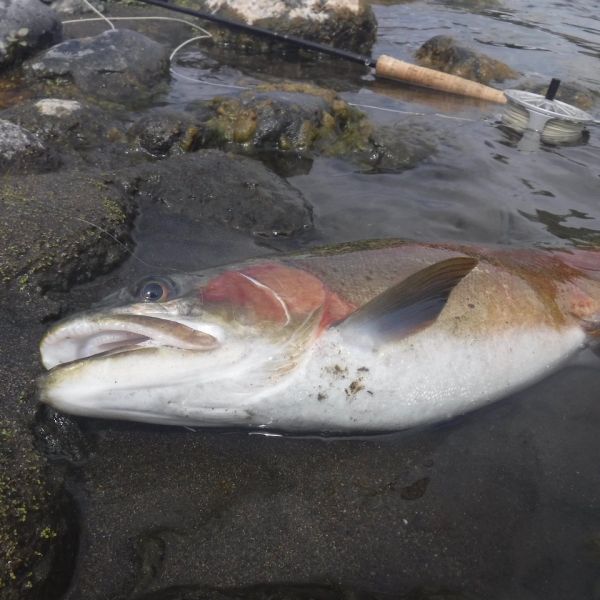 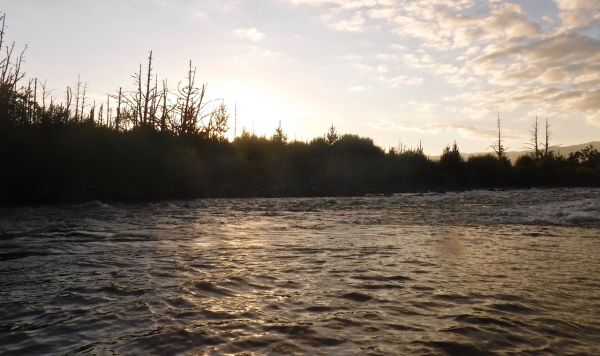 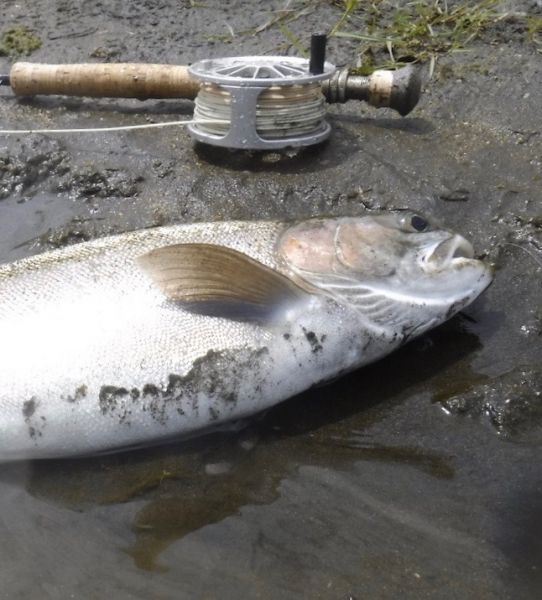 No rain to speak of again this week but last Saturdays release did get some trout moving and things have improved since the last report. Lies that were devoid of fish are producing again and there have been some surprisingly good rainbows caught for the time of year. No rain to speak of again this week but last Saturdays release did get some trout moving and things have improved since the last report. Lies that were devoid of fish are producing again and there have been some surprisingly good rainbows caught for the time of year.
I almost got "caught" myself because I headed out early on Saturday morning having clean forgot there was a recreational release.
I'd had a few rainbows in Boulder Reach on the dry or dropper and then once the sun got up relocated to some spots further up. One of them involves wading to an island which gives access to some great water if you enjoy nymphing Czech style. And it was while I was in the process of unhooking a rainbow there, that I noticed the first sign of the rubbish coming down that usually precedes rising levels during a release. Luckily I know the route back pretty well and even with the flows increasing and the river quickly colouring up I made it back without too much drama.
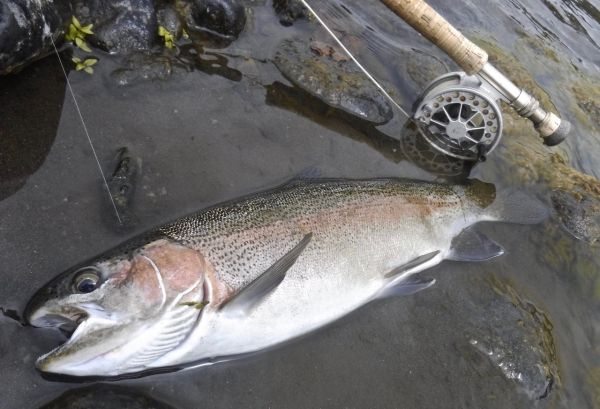 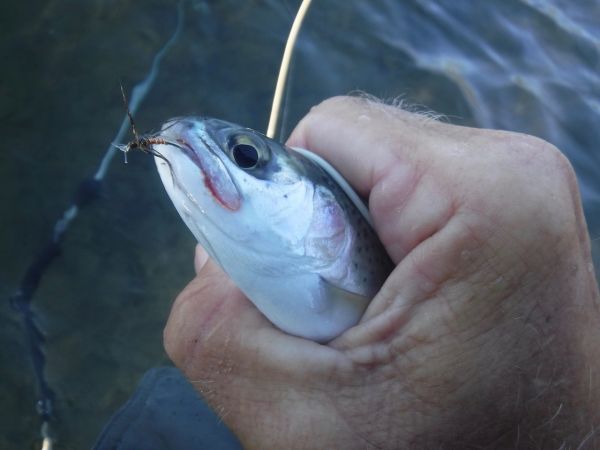
I've done really well using spider patterns lately and again this week they've been my "go to" fly.
North Country spiders as they're more commonly known in the UK were first developed over a hundred years ago in the Yorkshire Dales and surrounding counties. Indeed, some research suggests they may have been around for much longer than that. Which would make them some of the oldest patterns still in use today. They're fairly simple flies to tie, and for many who are new to the vice a Black & Peacock spider is often one of the first patterns they attempt. But don't be fooled by their simplicity because they are extremely effective.
Like many other successful, tried snd trusted patterns they're one of those "nothing looking" flies that allow the fish to think it's whatever they want it to be. When wet the profile suggests many of the nymphs that trout are likely to see drifting downstream and fish of all sizes will take them.
UK anglers often fish them in teams of three on a sink tip line with a longish leader. The traditionalists casting "down and across" ... a bit like fishing our "wee wets".
But spiders are a very versatile fly and I use them as the point fly on the dry and dropper rig or on either dropper when I'm tight line nymphing. Both methods work well at this time of year. Although when fish are looking up for their food {as they are now} the former can be particularly effective.
As they drift downstream below the dry, the wavelets cause the indicator dry to bob up and down. And this in turn imparts movement into the soft hackle that's such an important part of the design of this fly. Fish find that "pulsing"action irresistible and nowadays I always carry a few in the box.
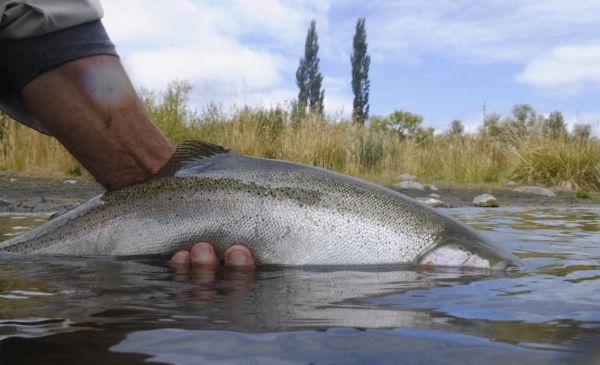 
There are several famous spider patterns that go way back ... Partridge and Orange, Snipe and Purple, Brown Owl etc.
But on this river I prefer something a little less colourful than the first two mentioned.
I'm a huge fan of the Davie McPhail series of fly tying videos available on YouTube.
Davie McPhail Spider patterns
And fish in the Tongariro seem to have a fondness for one I use, which is loosely based on his very simple Olive spider. My fly tying abilities are best described as adequate and I didn't have any dyed olive feather, so used natural partridge instead and they don't seem to mind too much. In the same series he ties a couple with a copper wire body which are useful if you need to fish the fly a little deeper.
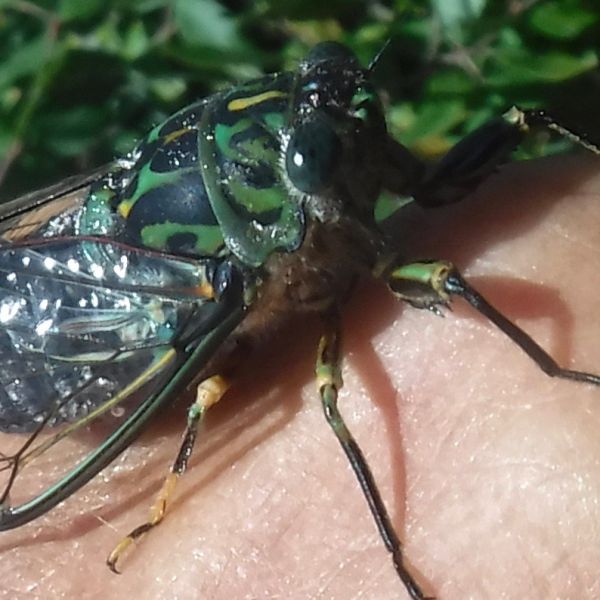
For the first time for several weeks the continuous wall of sound from mating cicadas in the pine forest behind us has ceased. But the bumper "cicada season" along the river goes on and on. Most anglers fishing the Tongariro now are trying cicada imitations but many of them tell the same story of failing to connect with seemingly unmissable takes. The advice most often given is to delay the strike. But I had an interesting conversation with Morrie the other day. He had just returned from a weeks fishing on the South Island. And the advice from the guides there was to strike immediately.
I bumped into him at the cafe again this morning ... looking very pleased with himself. And it turned out that before breakfast he'd successfully hit fish on the cicada, employing the same South Island tactics. We're out again tomorrow morning so we'll see what happens.
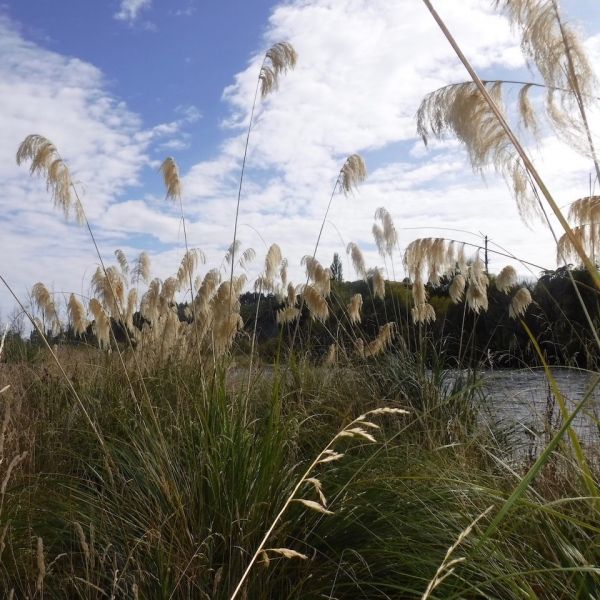
Changing tack entirely. Is it me ... or is there an extraordinary amount of toe-toe around this year?
Some stretches of the Tongariro are blanketed with this iconic tussock forming New Zealand native. And I don't ever recall seeing so much of it along the river.
I was beginning to think it might be pampas ... the notoriously difficult to manage invasive weed introduced from South America. But after checking out how to tell them apart on the Landcare Research site it looks like it is indeed toe-toe.
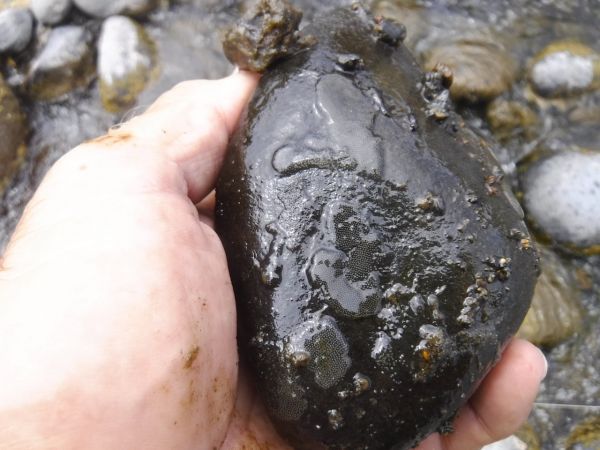 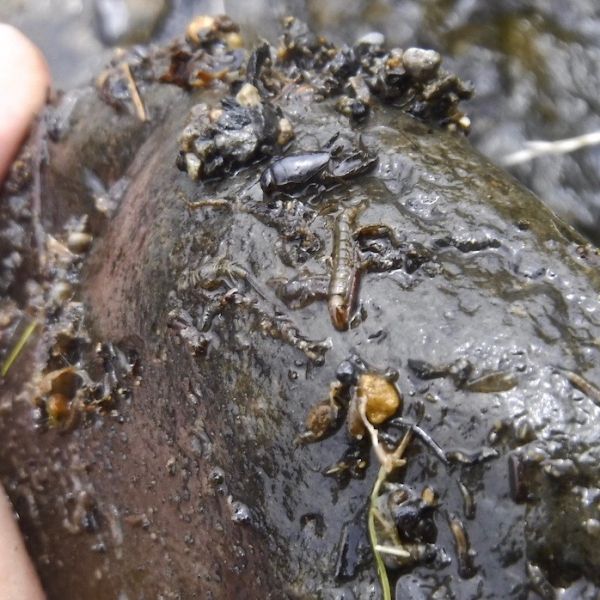 The other thing that caught my eye this week is the amount of this stuff on the underside of some of the rocks in the river. The other thing that caught my eye this week is the amount of this stuff on the underside of some of the rocks in the river.
I'm no expert but I'm fairly sure these are the egg clusters of the Hydrobiosid caddis mentioned in one of the late November reports.
Its difficult to find good published information on even the most common aquatic insects found in New Zealand. But while trawling the net I came across an almost identical image in some research written by the same Professor Jon Harding who helped me out in that report. This free living caddis is abundant in the Tongariro and many other rivers around New Zealand and its not often you'll turn over a rock without spotting some sort of caddis on the underside.
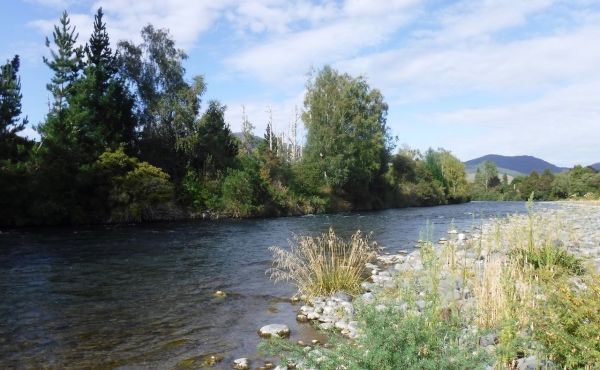
So a definite improvement in the fishing since the weekend and there have been a few better rainbows caught. I don't know how long this will last because there's still no sign of any meaningful rainfall and flows touched 20 cumecs this week ... the lowest for quite some time.
With temperatures forecast to be nudging the thirties again this week its not going to be easy. But you will do ok if you get on the river early and try the cooler riffles and runs before things heat up.
Some excellent browns in the river now but as I found out again yesterday hooking them is the easy part ... trying to convince them the five weight is an eight weight is an entirely different story.
Have a great week guys
Tight lines
Mike |
|
|
| Back to Top |
|
|
|
|
|
|
|